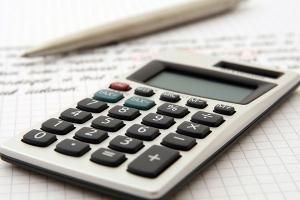NIP number – what is it?
In the past (before 2012) every taxpayer had to have NIP number. Currently this obligation applies only to entrepreneurs, because most payers for tax purposes use PESEL number. What it is and how to get it?
What is a NIP number
Tax Identification Number is a ten digit code used to identify taxpayers in Poland. It was introduced by the law of October 1995 and took effect in 1996. As of September 1, 2011, individuals who do not run their own business use the PESEL number as their tax identifier.
How to obtain Tax Identification Number
The head of the tax office competent for the area of activity of the given company is responsible for assigning the NIP number. It does not involve making any payment, and the waiting time from the moment of application is maximum 2 weeks.
In the case of own business activity, the tax identification number is obtained when registering the company in the office. For this it is necessary to submit an application CEIDG-1. It is created immediately after receiving an application for entry in CEIDG.
Individuals who previously had a TIN number and are setting up a business do not have to, or even can apply for one. This number is assigned for life and cannot be changed.
What do the specific digits mean?
The first cipher of each VAT number is a code that identifies the tax office that issued the number. Initially there were only digits from 1 to 9, but in 2004 many new offices were created, so they got codes with zero in the second position.
Initially NIP number was written in a form of numbers separated by comma, which were grouped depending on whether they concerned a private person or a company.
- For individuals: 123-456-78-19,
- for companies: 123-45-67-819.
The company was set up by one person and that person’s VAT ID was given to them. Currently the number is given without a hyphen, written in a continuous manner.
The last digit of your TIN is a check digit, which can be calculated by following the steps below:
- by multiplying each of the first nine digits sequentially by: 6, 5, 7, 2, 3, 4, 5, 6, 7,
- add up the results of multiplication,
- calculate the remainder of dividing by 11.
The way the number is generated is such that it does not result in the number 10.
